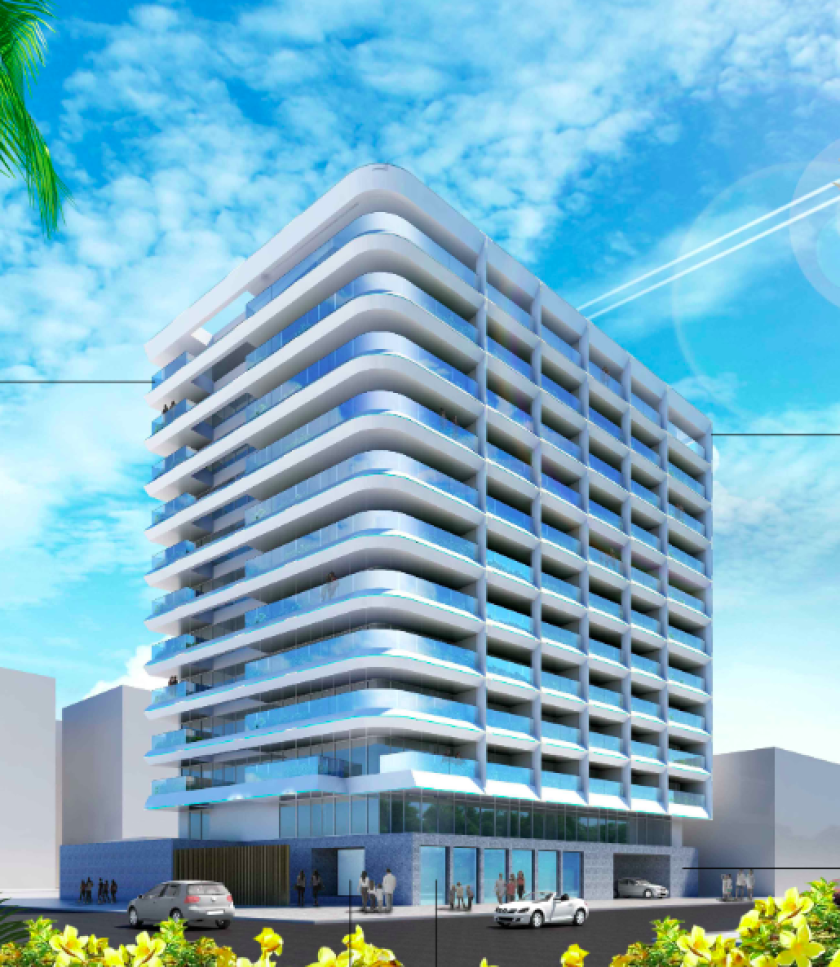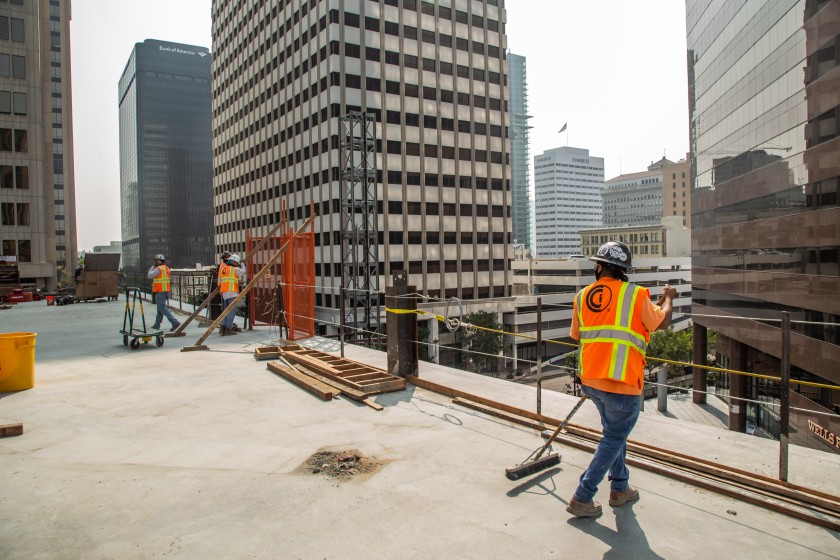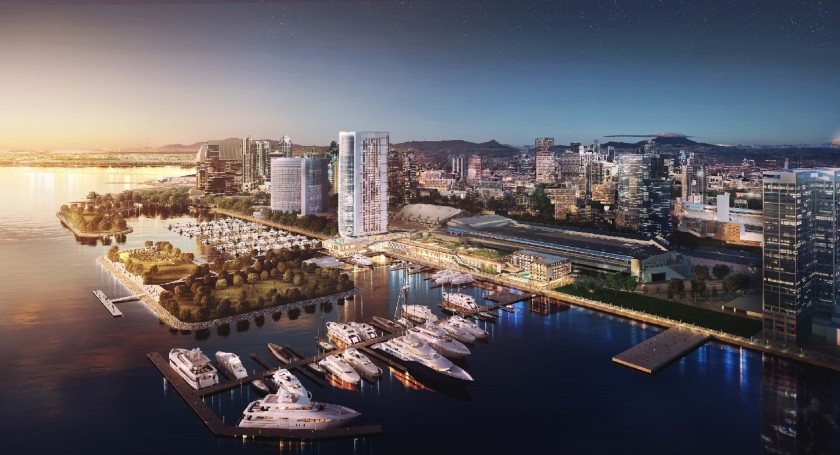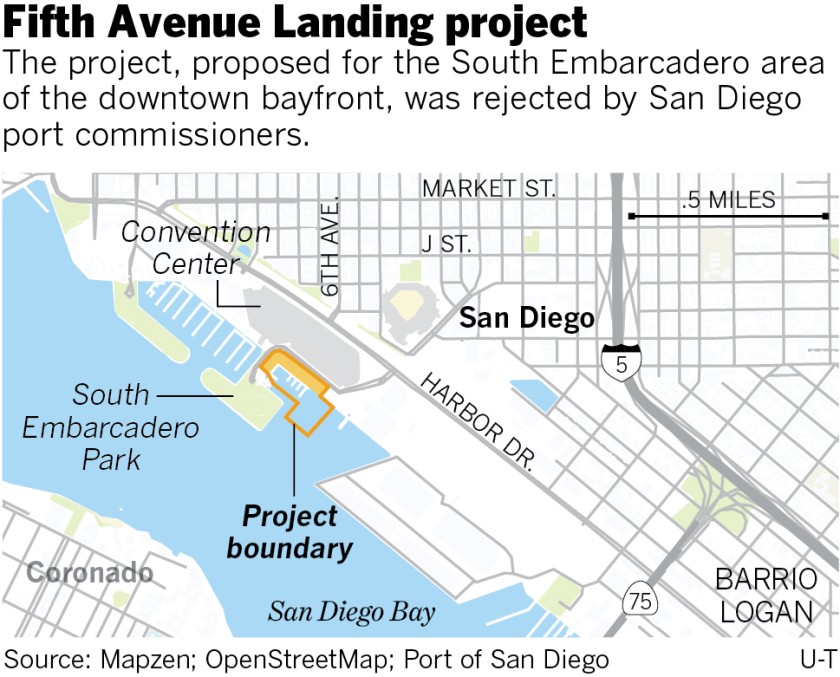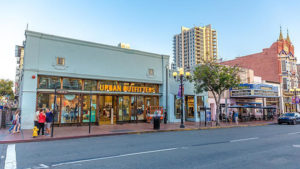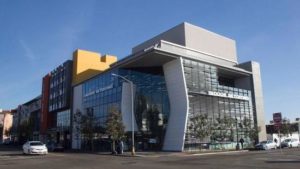
Business owners in the Gaslamp Quarters in downtown San Diego will be enjoying a boost in potential sales after a new plan opens the doors, literally, to more outdoor dining options. The Curbside Gaslamp project will be a five-day a week event closing Fifth Ave. to traffic and allowing restaurants in the area to open their menus to customers outside.
Not everyone is satisfied with the plan, however, because it only benefits business owners up to F St. Businesses on the opposite side of F St. are not being included in the warm-weather boost in sales. The reason that the Curbside Gaslamp project ends at F St. is because the public transportation buses use the block to make a right turn.
The Gaslamp Quarter in downtown San Diego is a lively district packed with restaurants, shops, and entertainment venues. All businesses along the Gaslamp Quarter suffered significant losses due to shutdowns caused by the worldwide COVID-19 pandemic. Struggling business owners on the other side of F St. are disappointed with the approved project because the original proposal included the entire quarter.
Similarly to Santa Monica, the Curbside Gaslamp project is a decades-old proposal that creates an open-air plaza where businesses can enjoy more outdoor seating. The beautiful area is named after the gas lamps that used to light the area. It’s renovation is certainly a reason to consider investing in Downtown San Diego real-estate.

The original proposal was eight blocks, while the approved project is only five. Those who own businesses in the remaining three blocks are not enjoying the dream that others on fifth are living. Businesses in the area that are included in the Curbside Gaslamp project are seeing profits again, after being allowed to open under specific conditions. Business owners on the other side of F St., however, point out that their restaurants and shops remain relatively empty.










